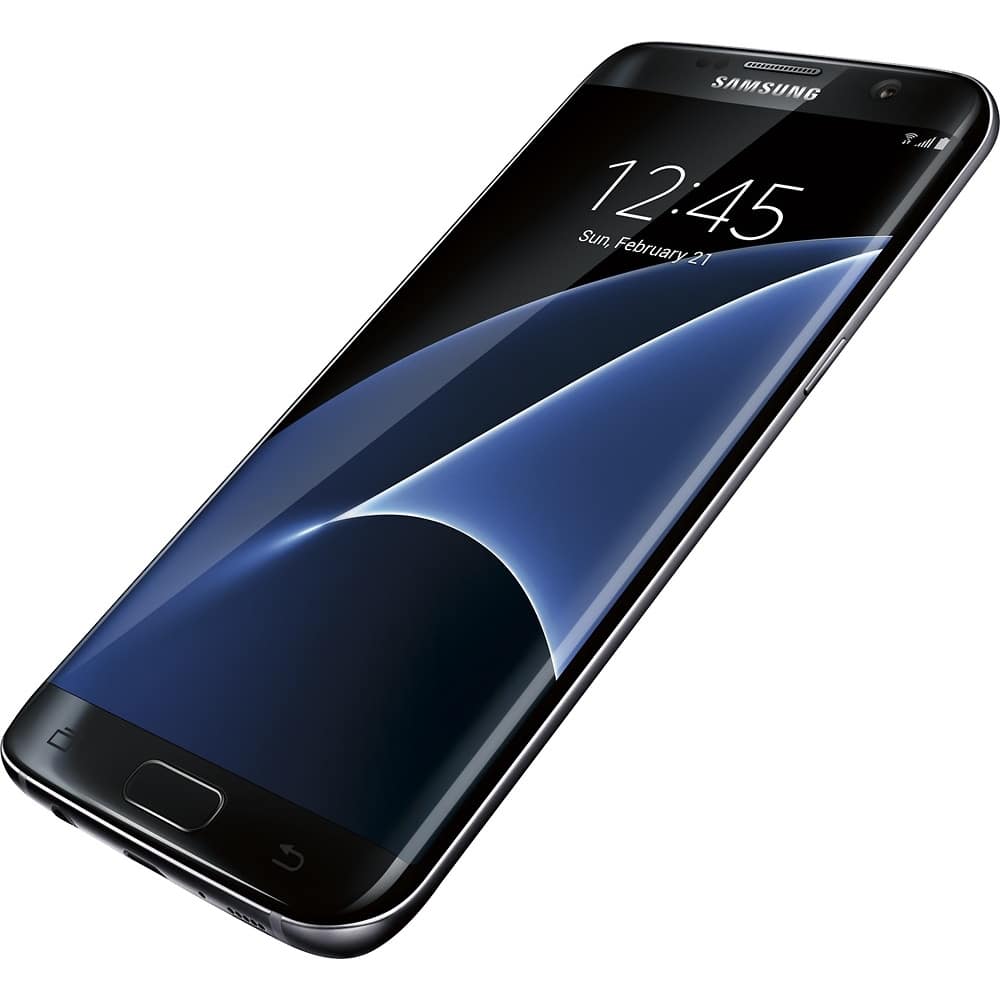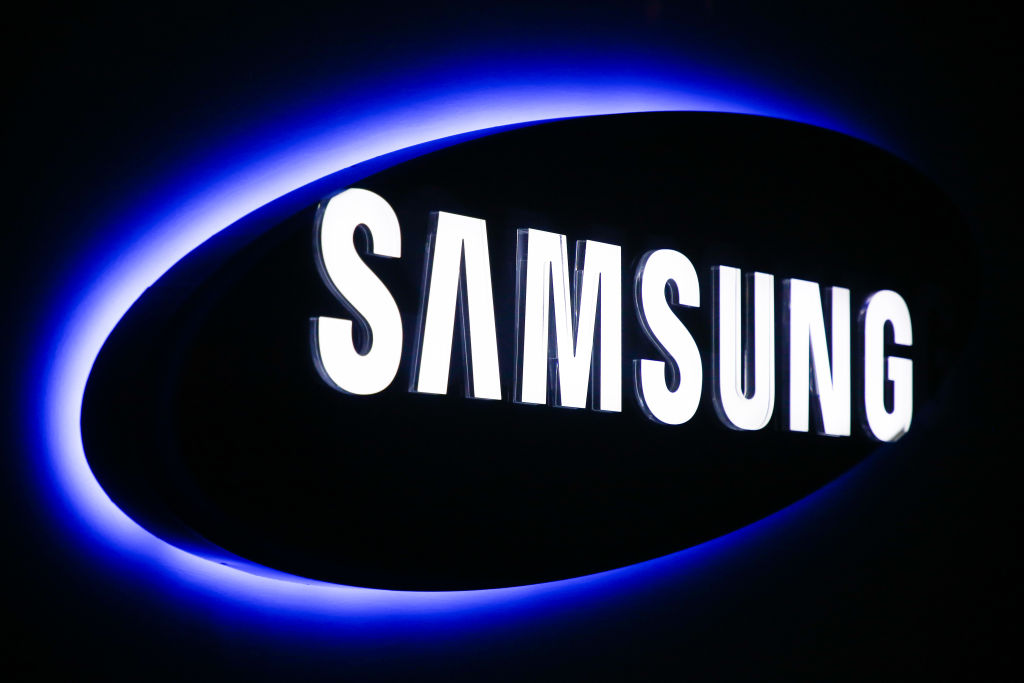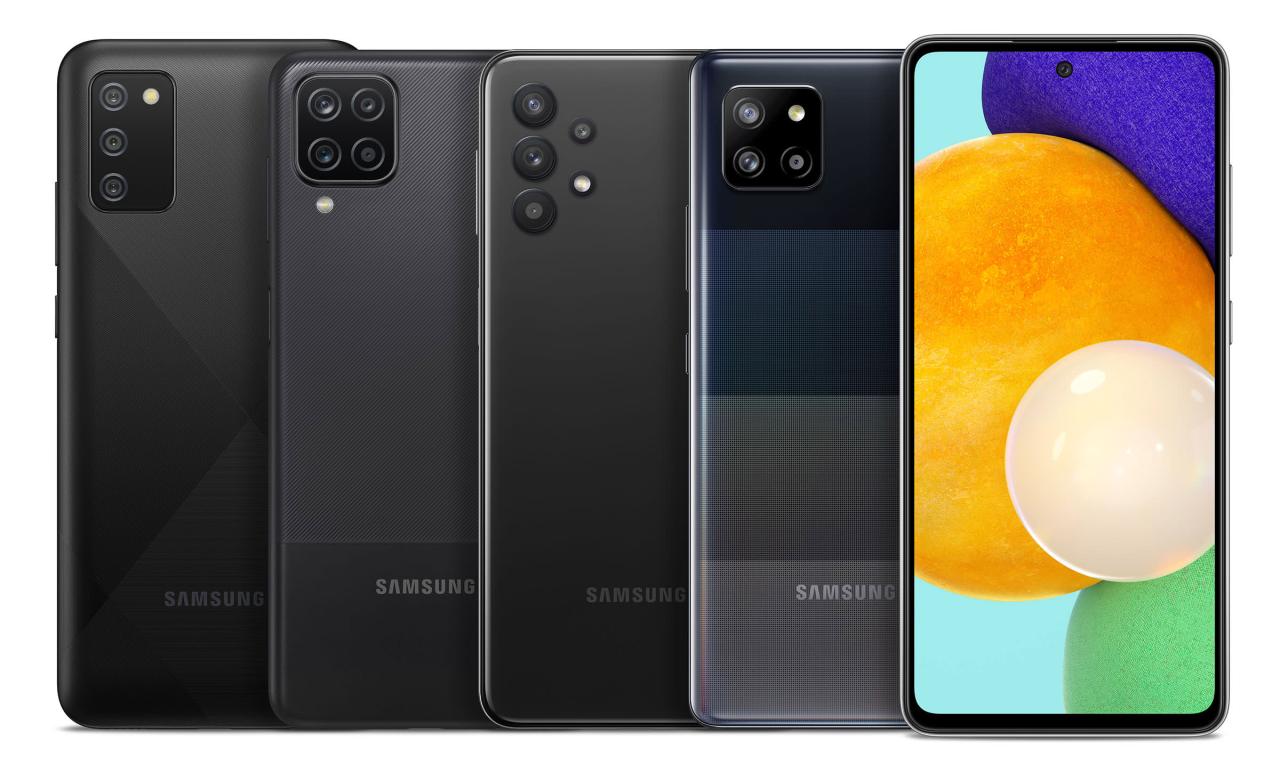samsung galaxy s ii stands as a pivotal creation in the smartphone arena, reshaping user expectations with its groundbreaking features and specifications. Launched to a vibrant market, this device not only captured attention but also set new standards for performance, design, and multimedia capabilities, making it a noteworthy contender in the evolution of mobile technology.
With its sleek design and robust build quality, samsung galaxy s ii not only appealed aesthetically but also provided an exceptional user experience. The impressive performance metrics, coupled with a vibrant camera setup, allowed users to capture moments like never before, solidifying its place in tech history.
Overview of Samsung Galaxy S II
The Samsung Galaxy S II marked a significant step in the evolution of smartphones, showcasing a blend of innovative technology and user-centric design. Launched on April 28, 2011, this device quickly gained popularity, becoming one of Samsung’s flagship models in the Galaxy line. Its impressive specifications and features set a new standard for smartphones during its time, capturing the attention of consumers and critics alike.
The Galaxy S II is powered by a Samsung Exynos 4210 dual-core processor, which was a game-changer in delivering smooth performance and efficient multitasking capabilities. Equipped with a 4.3-inch Super AMOLED Plus display, the device offered vibrant colors and deep blacks, enhancing the visual experience for users. The camera system, featuring an 8 MP rear camera with autofocus and LED flash, along with a 2 MP front camera, allowed for high-quality photography and video calls. The device also introduced Android 2.3 Gingerbread at launch, later upgradable to Android 4.1.2 Jelly Bean, providing users with a rich ecosystem of apps and features.
Significance in the Evolution of Smartphones
The Samsung Galaxy S II played a crucial role in shaping the smartphone landscape. Its introduction of several advanced features set a precedent for future devices. Notably:
- Dual-Core Processor: The Galaxy S II was one of the first smartphones to feature a dual-core processor, allowing for enhanced speed and multitasking.
- Display Technology: The Super AMOLED Plus display provided superior color reproduction and power efficiency, influencing subsequent smartphone designs.
- Camera Innovation: By offering an 8 MP camera, the Galaxy S II pushed competitors to enhance their camera capabilities, leading to the rise of smartphones as primary photography tools.
- Lightweight Design: The device’s slim profile and lightweight design set a new standard for portability in smartphones.
The market reception of the Galaxy S II was overwhelmingly positive, with reviewers praising its performance, design, and camera quality. The device quickly became a bestseller, solidifying Samsung’s position in the smartphone market and paving the way for the future of the Galaxy S series. The influence of the Galaxy S II can still be felt today, as it laid the groundwork for the features and innovations seen in modern smartphones.
Design and Build Quality

The Samsung Galaxy S II is a hallmark of smartphone design, showcasing an elegant blend of aesthetics and functionality. Released in 2011, this device was celebrated for its slim profile and lightweight construction, setting a new standard for how smartphones should look and feel. The design elements of the Galaxy S II were carefully chosen, creating a device that not only catches the eye but also enhances the user experience.
The physical design of the Samsung Galaxy S II features a sleek, minimalist approach with a predominantly plastic body, which was both a point of contention and praise. The front of the device is dominated by a bright 4.3-inch Super AMOLED Plus display, encased in a thin bezel that accentuates the screen. The back cover is removable, providing access to the battery, SIM card, and microSD slot, which was a practical design element for users who preferred expandable storage. The device is available in various colors, with the glossy finish giving it a premium feel, despite its plastic composition.
Ergonomics and User Experience
The ergonomics of the Samsung Galaxy S II play a significant role in its user experience. Weighing just 116 grams and measuring 125.3 x 66.1 x 8.49 mm, the device fits comfortably in the hand, making it easy to use with one hand. The curvature of the edges allows for a secure grip, reducing the likelihood of accidental drops. Users often reported that the slim profile made it easy to slip the phone into pockets, a practical advantage for those always on the go.
The placement of physical buttons, including the home, back, and menu keys, is intuitive, allowing for seamless navigation. The responsiveness of the touchscreen complements the overall experience, ensuring that interactions are fluid. The combination of lightweight materials and ergonomic design results in a device that feels natural during extended use, whether for browsing, texting, or gaming.
Comparison with Contemporaries
When comparing the build quality of the Samsung Galaxy S II with its contemporaries, it becomes evident that Samsung took bold steps in design. Competing devices like the HTC Sensation and the Apple iPhone 4S were also strong contenders in the premium smartphone market, but they employed different materials and design philosophies.
The HTC Sensation featured an aluminum unibody design, which provided a more premium feel but came with a heavier weight. While many praised the iPhone 4S for its glass and metal construction, the fragility of the glass back was a concern for users. In contrast, the Galaxy S II’s plastic build, while perceived as less premium, allowed for lighter construction and durability against minor impacts.
The following points illustrate the distinct differences in build quality and design philosophy:
- Weight: The Galaxy S II is notably lighter, making it more portable than competitors.
- Material: While competitors used metal and glass, the Galaxy S II’s plastic helped reduce weight for better usability.
- Design Aesthetics: The sleek and minimalist design of the S II contrasted with the bulkier designs of contemporaries.
- Durability: The plastic construction offered resilience against wear and tear, appealing to a broader user base.
In summary, the Samsung Galaxy S II distinguished itself with its unique design, user-friendly ergonomics, and thoughtful build quality, which provided a competitive edge in a bustling smartphone marketplace.
Performance and Software

The Samsung Galaxy S II is a notable contender in the smartphone market, boasting impressive performance metrics that cater to both everyday users and tech enthusiasts alike. Featuring a powerful processor and ample RAM, this device ensures smooth multitasking and quick application loading, making it an excellent choice for a variety of tasks, including gaming and media consumption.
The Galaxy S II runs on the Android operating system, specifically version 2.3 Gingerbread at launch, which later saw updates to Ice Cream Sandwich 4.0. The interface is enhanced by Samsung’s TouchWiz UI, offering a user-friendly experience with several custom features that set it apart from stock Android.
Processor and RAM
At the heart of the Samsung Galaxy S II lies a dual-core 1.2 GHz ARM Cortex-A9 processor coupled with a Mali-400 MP GPU, pushing the performance envelope for smartphones at its time of release. This powerful setup ensures that the device can handle demanding applications and multitasking with ease.
The device is equipped with 1 GB of RAM, which significantly boosts its capabilities in running multiple applications smoothly. The combination of a robust processor and sufficient RAM allows for high-performance tasks while providing excellent responsiveness.
Software Features
The software experience on the Galaxy S II introduces several features that enhance ease of use and functionality. Samsung’s TouchWiz interface adds a layer of customization to the Android OS, enabling users to personalize their home screens with widgets, shortcuts, and themes.
Key software features include:
- Live Panel: A customizable home screen interface that allows users to add various widgets and information feeds.
- Smart Stay: A feature that uses the front-facing camera to detect user presence, keeping the display on as long as the user is looking at it.
- Gesture Control: Users can navigate through the device using simple gestures, making the interaction more intuitive.
- Social Hub: An integrated platform that combines contacts and social networking updates in one place, providing a cohesive social experience.
Gaming and Multimedia Capabilities
When it comes to gaming and multimedia, the Samsung Galaxy S II delivers impressive performance, capable of handling a wide range of games and media playback. The dual-core processor and dedicated GPU work in tandem to provide seamless graphics and quick load times, making it suitable for graphically intensive games.
The device features a 4.3-inch Super AMOLED Plus display, known for its vibrant colors and deep blacks, enhancing the overall viewing experience. Multimedia capabilities are further supported by:
- High-definition video playback: The Galaxy S II can play HD content smoothly, making it an ideal choice for video streaming and playback.
- Multimedia formats support: The device supports a variety of audio and video formats, ensuring compatibility with most media files.
- Music Player and FM Radio: The built-in music player offers a rich audio experience, while the FM radio feature allows users to tune into their favorite stations.
The combination of robust hardware and software features positions the Samsung Galaxy S II as a formidable device for performance-driven users, especially those who enjoy gaming and multimedia content.
Camera and Multimedia Features

The Samsung Galaxy S II is equipped with a robust camera setup that significantly enhances its appeal for photography enthusiasts. With impressive specifications and diverse multimedia capabilities, this smartphone is designed to deliver exceptional visual experiences both in capturing and consuming content.
The rear camera of the Galaxy S II boasts an 8 MP sensor with features such as autofocus, LED flash, and the ability to shoot video in 1080p at 30 frames per second. Additionally, it incorporates a variety of shooting modes such as panoramic, night, and smile detection, which cater to different photography needs. The front-facing camera, although less powerful at 2 MP, enables users to capture decent selfies and engage in video calls.
Maximizing Camera Features for Photography and Video Recording, Samsung galaxy s ii
To make the most of the Samsung Galaxy S II’s camera capabilities, users can adopt several techniques that enhance their photography and videography skills. Understanding and utilizing the various settings and features can lead to stunning images and videos.
- Utilize Camera Modes: Explore modes like HDR (High Dynamic Range) to improve the quality of images taken in challenging lighting conditions. The panoramic mode allows for capturing wide landscapes seamlessly.
- Leverage Manual Settings: When available, manual controls can help adjust focus, exposure, and ISO levels, giving users complete creative control over their shots.
- Stabilization Techniques: To avoid shaky videos and blurry images, practice stabilization techniques such as holding the camera steady or using a tripod.
- Post-Editing Options: Make use of photo editing applications to enhance captured images. Adjustments in brightness, contrast, and saturation can transform an ordinary photo into a masterpiece.
Incorporating these techniques can significantly elevate one’s photography and videography game, turning everyday moments into professionally-looking captures.
Multimedia Playback Capabilities and Audio Quality
The Galaxy S II is not just a powerful camera; it also excels in multimedia playback, making it a versatile device for entertainment. With a 4.3-inch Super AMOLED Plus display, the device offers rich colors and deep blacks, enhancing the viewing experience for videos and photos alike.
The audio quality on the Galaxy S II is impressive, equipped with stereo speakers that deliver clear sound. Users can enjoy high-quality playback through the device’s music player, which supports various formats including MP3, AAC, and WAV. The presence of sound enhancement technologies further enhances the audio experience, making it suitable for music lovers.
For optimal multimedia consumption, consider these points:
- Utilize Headphones: Invest in quality headphones or earphones to experience richer sound quality while enjoying your favorite tracks or videos.
- Adjust Sound Settings: Experiment with equalizer settings to tailor the audio output according to personal preferences.
- Explore Video Formats: Ensure compatibility with various video formats; the Galaxy S II supports multiple codecs for smooth playback.
- Use External Storage: Leverage microSD cards for additional storage capacity, allowing for a larger library of multimedia content without sacrificing internal space.
By mastering these multimedia features, users can fully leverage the Samsung Galaxy S II as a formidable tool for both capturing memories and enjoying entertainment on the go.
Answers to Common Questions
What year was the samsung galaxy s ii released?
The samsung galaxy s ii was released in 2011.
What operating system does the samsung galaxy s ii run?
The samsung galaxy s ii originally ran on Android 2.3 Gingerbread but can be upgraded to later versions.
What is the display size of the samsung galaxy s ii?
The samsung galaxy s ii features a 4.3-inch Super AMOLED display.
Does the samsung galaxy s ii support expandable storage?
Yes, the samsung galaxy s ii supports microSD cards for expandable storage.
What is the camera resolution of the samsung galaxy s ii?
The samsung galaxy s ii has an 8 MP rear camera and a 2 MP front camera.
The S7 Edge remains a standout device in the smartphone market, combining sleek design with powerful performance. Its curved display and advanced features set it apart, making it a favorite for users who appreciate both aesthetics and functionality. As technology evolves, the S7 Edge continues to impress with its reliability and user-friendly interface.
In the realm of innovative design, the Royole FlexPai has made waves as the world’s first commercial foldable smartphone. Its ability to seamlessly transition between a phone and a tablet showcases remarkable engineering. This versatility appeals to tech enthusiasts eager for new experiences, making the FlexPai a noteworthy entry in the ever-evolving smartphone landscape.
